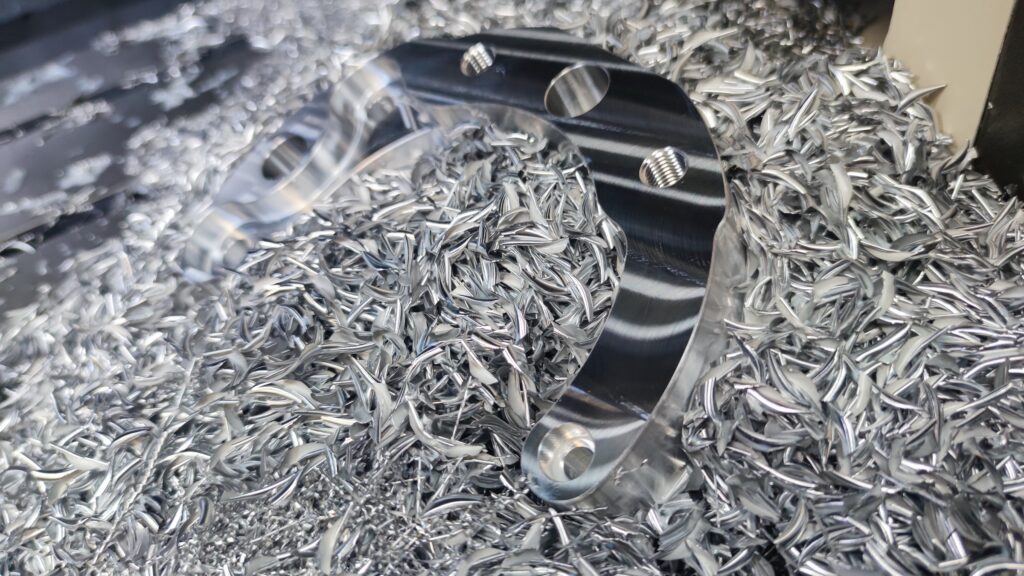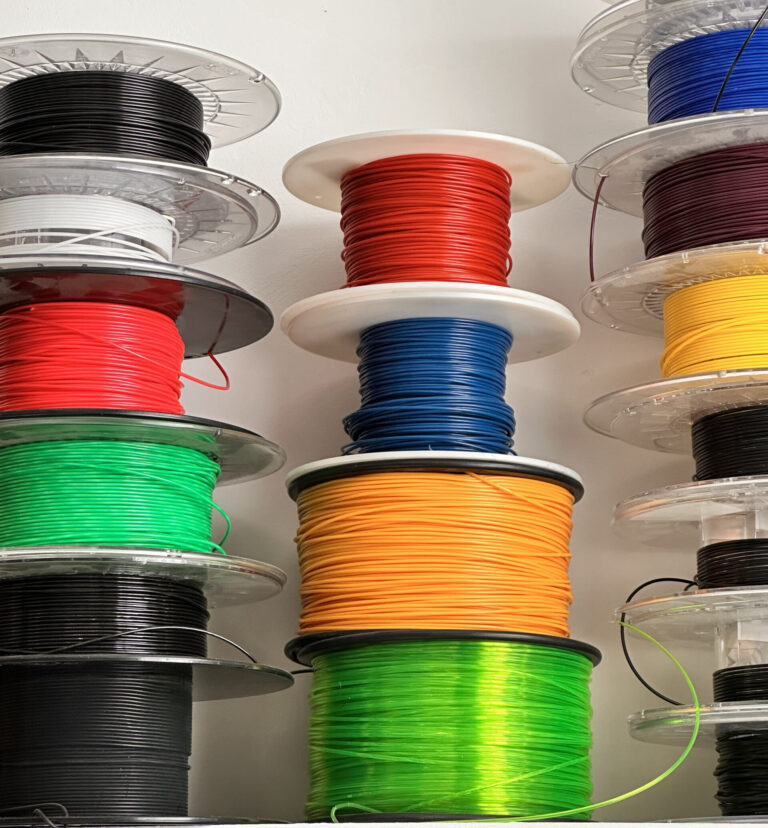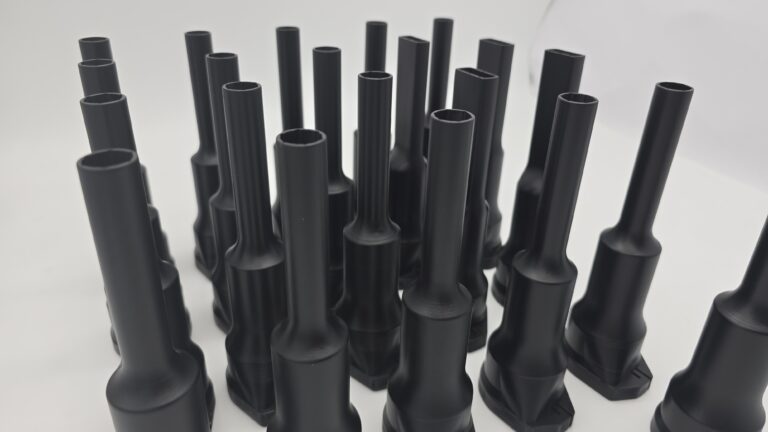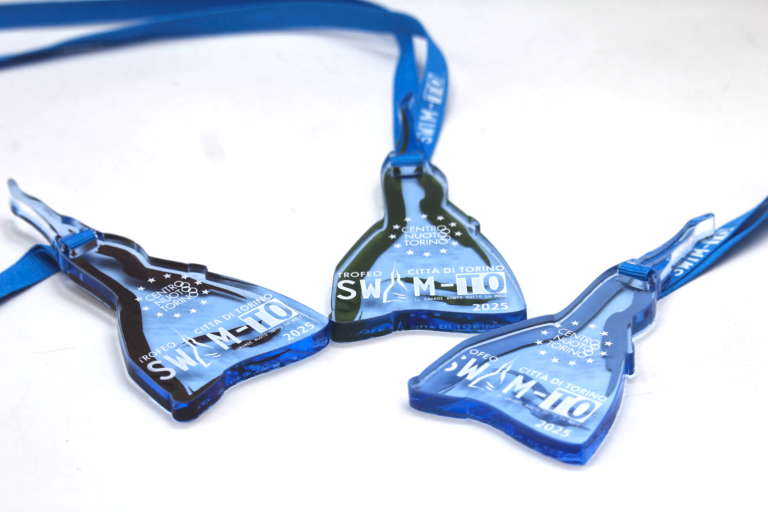Sustainability is a paramount concern across industries, including industrial design and manufacturing. One effective way to reduce environmental impact and promote a circular economy is through the recycling of materials.
The problem of aluminum waste
In the realm of industrial design, milling, and turning processes often generate aluminum shavings and offcuts. While these byproducts may seem insignificant, they can accumulate rapidly, contributing to waste and environmental burden. Just to give some numbers, we calculate that we produce around 1500 kg of aluminum per year. The good news is that it can be recycled.
The Solution: Recycling Aluminum
Recycling aluminum offers a sustainable solution to this problem. By collecting and processing aluminum shavings and offcuts, manufacturers can reduce their carbon footprint and conserve natural resources.
The Recycling Process
The recycling process for aluminum is relatively straightforward:
- Collection: Aluminum shavings and offcuts are collected from various production processes.
- Sorting: The collected aluminum is sorted to remove contaminants and ensure its purity.
- Melting: The sorted aluminum is melted down in a furnace.
- Casting: The molten aluminum is cast into ingots or billets.
- Re-manufacturing: The recycled aluminum is then used to produce new aluminum products.
Benefits of Aluminum Recycling
Recycling aluminum offers numerous benefits:
- Energy Conservation: Recycling aluminum requires significantly less energy than producing aluminum from raw materials.
- Reduced Greenhouse Gas Emissions: Recycling aluminum reduces greenhouse gas emissions associated with mining and refining bauxite ore.
- Preservation of Natural Resources: Recycling aluminum helps conserve natural resources, such as bauxite and energy.
- Economic Benefits: Recycling aluminum can create jobs and stimulate the economy.




